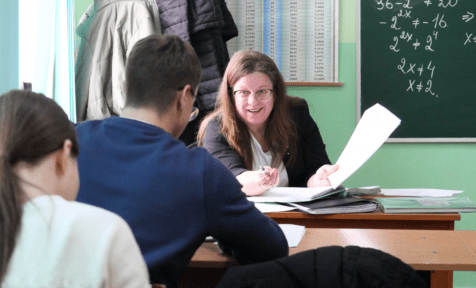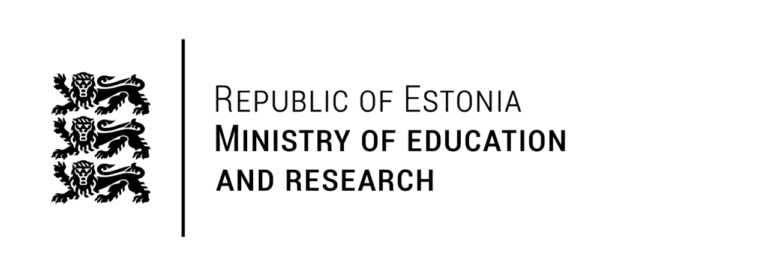In the new case study, widely respected Estonian educational experts share their understanding of the factors behind Estonia’s successful educational outcomes.
The recently published book, “Aim High and Work Hard. Building a World-Class Learning System in Estonia,” authored by renowned Estonian education scholars Eve Eisenschmidt, Mati Heidmets, Maie Kitsing, Mikk Kasesalk, and Kätlin Vanari presents a comprehensive analysis of the factors contributing to the success of Estonia’s education system.
Five key factors for success
The book identifies five crucial elements that have significantly contributed to the development and success of Estonia’s education system:
Historical and cultural influences
The book delves into Estonia’s historical-cultural background, highlighting the impact of its history and Protestant work ethic on the education system. “For most Estonians, education was the only way to escape from poverty and to claim a uniquely Estonian identity,” the authors note, emphasizing the long-standing value placed on education in Estonian society.
Broad societal support for education
Education in Estonia is broadly supported by all parts of society and is viewed as the key path to individual and national development. “Learning and teaching in Estonia are not only the concern of school and teachers, but of many others in society,” state the authors. This support begins in kindergarten and extends through a well-established hobby education system and involvement from NGOs and the private sector.
Turning point in the 1990s: Autonomy of educators
A significant focus is on the transformation of the education system, especially after Estonia regained independence in the 1990s. The authors describe how this period marked a shift towards greater autonomy for educators and schools, fundamentally changing Estonia’s teaching and learning landscape. “Within the broad frame of the national curriculum, Estonian teachers decide on the content, learning materials, methodology and assessment methods of each subject taught, and are free to integrate subjects as they wish.”
Governance: Evidence-based and equity-promoting
The book explores Estonia’s approach to governance, characterized by equity-promoting policies and evidence-based decision-making. “Overall, the system is inclusive and encouraging of local responsibility; there are no longer any external inspections for schools. Schools’ self-evaluation is supported by systematically collected data made available to them,” the authors state, reflecting the way the Estonian education system uses data.
Diverse and responsive school network
The authors discuss the diversity within the Estonian school network, where schools develop unique identities while maintaining high standards of education. This diversity is seen as a strength, contributing to the system’s ability to adapt and respond to different educational needs and preferences. “There are schools oriented around technology and schools focused on the humanities and languages. Increasingly, private schools are experimenting with novel pedagogical approaches such as integrated subjects and project-based learning.”
Read the case study here: Aim High and Work Hard. Building a World-Class Learning System in Estonia.
The case study explaining the principles, policies, and practices that have shaped Estonia's education system was produced as part of a cross-system study of learning systems in high-performing jurisdictions commissioned by the National Center on Education and the Economy (NCEE). The findings of that study are in the book Building World Class Learning Systems: Insights from Top-Performing School Systems is available as a free download on the NCEE website.





